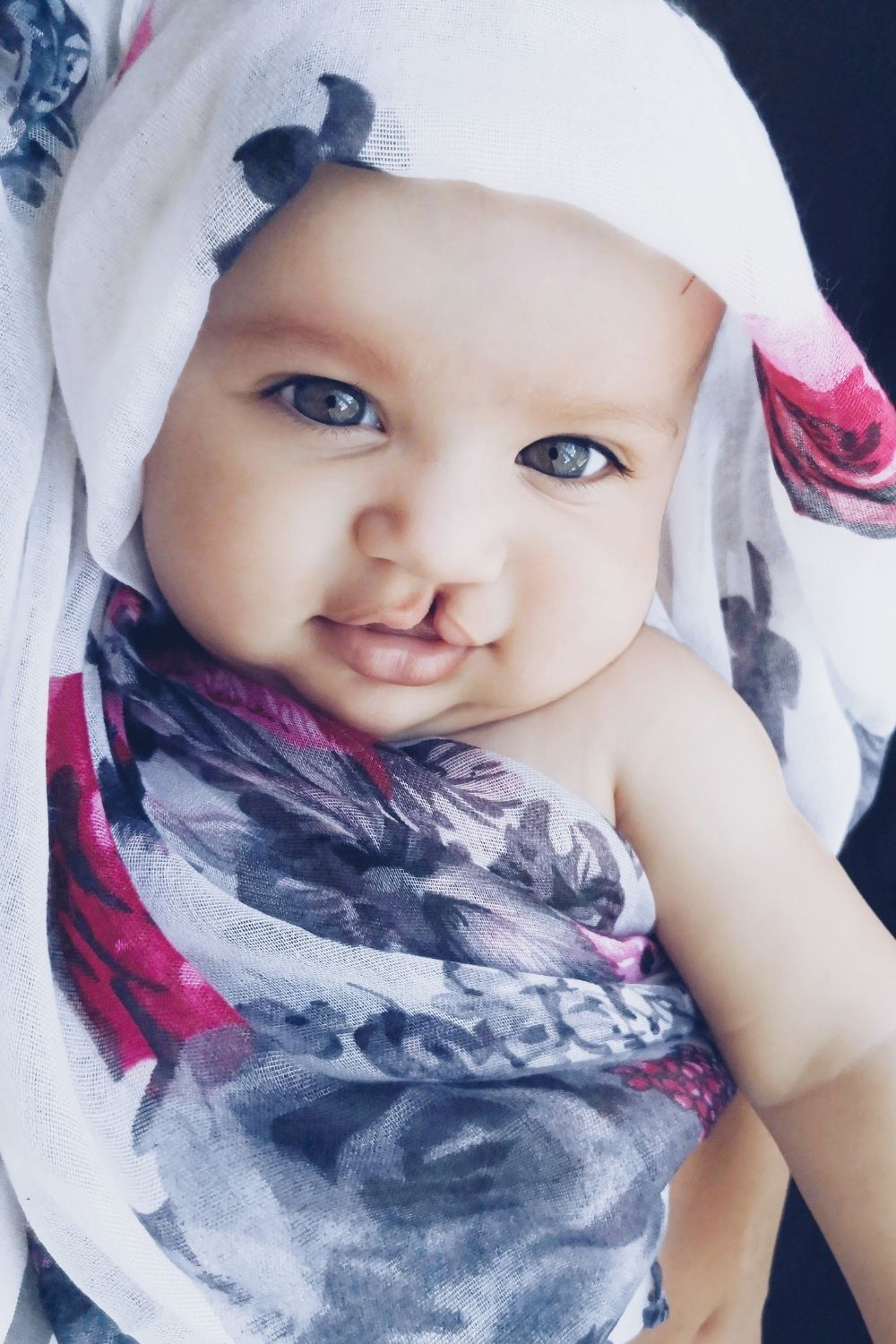July is National Cleft & Craniofacial Awareness and Prevention Month
Cleft and craniofacial conditions affect thousands of infants, children, teens and adults in the United States each year.
Some are born with congenital anomalies like cleft lip and palate, others with more complex, life-threatening craniofacial conditions. Some are burned; others are injured in accidents and animal attacks, or diagnosed with various oral/head/neck and skin diseases
Why is Cleft & Craniofacial Awareness Important?
Each year in the United States, approximately 2,600 babies are born with a cleft palate and 4,400 babies are born with a cleft lip, with or without a cleft palate (CDC). Other craniofacial birth defects include craniosynostosis (skull sutures fusing prematurely), anotia/microtia (ear is missing or underdeveloped), and anophthalmia/microphthalmia (missing or abnormally small eye).
Children with orofacial clefts and other craniofacial conditions often have impaired ability to feed and impaired language development, and might be at increased risk for a greater number of ear infections, hearing issues, and problems with their teeth.
Risk Factors
Family history:
Exposure to certain substances during pregnancy:
Having diabetes:
Being obese during pregnancy:
Gender differences:
Race:
Making a difference for families impacted by childhood chronic illness:
CoachArt is a nonprofit organization offering free lessons in arts and athletics to kids impacted by chronic illness, including craniofacial abnormalities. Watch Missaira’s story of how she learned to play piano and violin at CoachArt, and is now a CoachArt volunteer, teaching piano and violin to other kids impacted by chronic illness:

